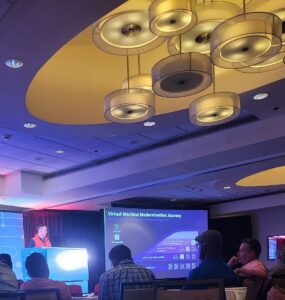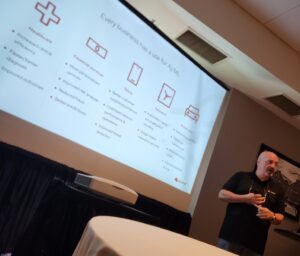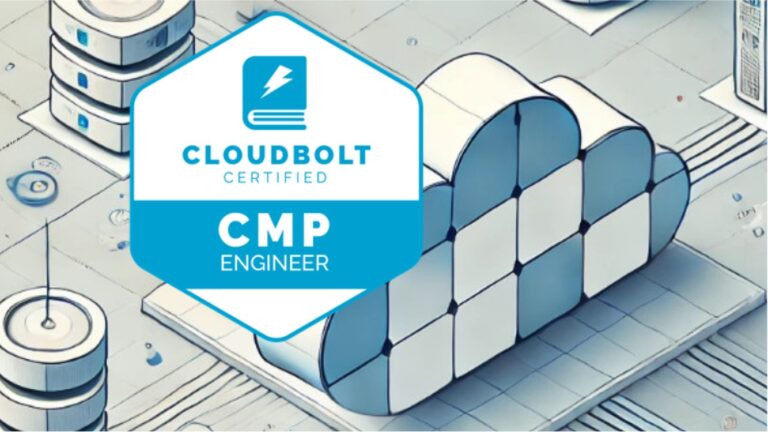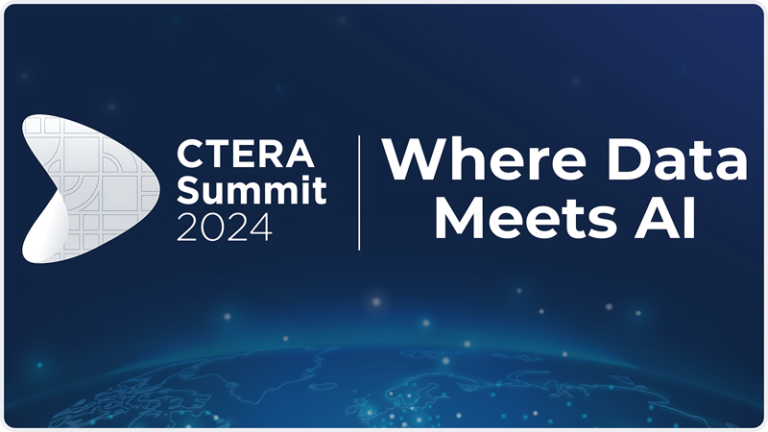Red Hat Summit 2024: Innovations to Accelerate Your Business


Red Hat Summit 2024 in Waltham, MA, showcased transformative technologies for businesses across industries like telecommunications, retail, manufacturing, and automotive. With a focus on secure automation, compliance, AI, and hybrid cloud strategies, this year’s event emphasized the tools and approaches needed to stay competitive in today’s digital landscape. Here’s a look at the key takeaways from the Summit and how you can immediately leverage these innovations for your business.
Key Highlights from Red Hat Summit 2024

1. Secure Automation and Team Collaboration
Red Hat’s emphasis on secure automation underscores the importance of integrating safety into automated workflows. Tools like Red Hat Enterprise Linux (RHEL), OpenShift, and Ansible enable businesses to automate processes without compromising security or compliance. By adopting these solutions, your organization can streamline operations while maintaining standards, ensuring that teams collaborate effectively across departments and geographies.
How to leverage: Implement Ansible for orchestrating tasks across your infrastructure, ensuring that workflows are both efficient and secure. OpenShift can help modernize your application deployment, providing consistency across cloud and on-premise environments.
2. Compliance, Security, and AI Ownership

AI is playing an increasingly central role in enterprise decision-making, but it also presents new security challenges. Red Hat is advocating for businesses to own their AI models to mitigate the risk of data leaks. By combining Red Hat’s Enterprise Linux (RHEL) AI, OpenShift AI, and Ansible solutions with HashiCorp’s Terraform, companies can confidently deploy AI applications with the right guardrails in place for compliance and data protection.
How to leverage: RHEL AI and OpenShift AI are validated to ensure your AI workloads are reliable. Use Ansible to automate AI deployments, ensuring compliance with established rulebooks. Terraform can help manage the infrastructure, making it easier to scale AI solutions without compromising on security.
3. Automation and Virtualization Tools: RHEL, OpenShift, Ansible
Red Hat’s automation and virtualization tools — RHEL, OpenShift, and Ansible — are critical for businesses aiming to enhance operational efficiency. These tools help automate workloads, manage hybrid environments, and ensure that applications run securely, whether on-premise or in the cloud.
How to leverage: Start by automating repetitive tasks using Ansible, improving consistency and reducing manual errors. For businesses operating hybrid environments, OpenShift can help deploy and manage workloads efficiently across diverse infrastructures.
4. Partnerships with Intel and Dell
Red Hat’s longstanding partnerships with Intel and Dell offer integrated hardware-software solutions tailored for modern business needs, including data center modernization, edge computing, and AI integration. These partnerships allow organizations to accelerate digital transformation while maintaining the high-performance computing (HPC) capabilities necessary to stay competitive.
How to leverage: Collaborate with F3 Technology Partners to select the right hardware-software combination that meets your business’s unique needs. Whether modernizing a data center or deploying edge computing solutions, working with Intel and Dell hardware paired with Red Hat software ensures seamless integration and maximum performance.
5. Modernizing Hybrid Workloads and Operationalizing AI
Managing hybrid workloads efficiently is a growing challenge for many organizations, and Red Hat’s tools are designed to help businesses optimize this process. The Summit focused on modernizing workloads, making them cloud-ready, and operationalizing AI so that it becomes a key part of your business’s daily operations.
How to leverage: Use RHEL and OpenShift to modernize your current infrastructure and make it ready for hybrid cloud or edge environments. Operationalizing AI through these platforms allows for greater integration of intelligent automation into daily workflows, improving overall business agility.
6. Laying the Foundation for Future Success: Automation and AI Strategies
 Red Hat Summit emphasized the need to build a solid foundation for future secure automation and AI strategies. Businesses that invest in the right tools today—like Ansible, OpenShift, and RHEL—will be better equipped to scale their automation and AI efforts tomorrow.
Red Hat Summit emphasized the need to build a solid foundation for future secure automation and AI strategies. Businesses that invest in the right tools today—like Ansible, OpenShift, and RHEL—will be better equipped to scale their automation and AI efforts tomorrow.
How to leverage: Start small by automating basic workflows with Ansible and expand as needed. Ensure that your infrastructure is prepared for future growth with OpenShift, which can scale alongside your AI and automation initiatives.
Tailored Solutions for Your Business
At F3 Technology Partners, we specialize in helping businesses like yours adopt and implement these technologies. Whether you’re looking to automate AI operations, optimize your cloud spend, or modernize your workloads, our team is ready to help you leverage Red Hat’s innovative solutions.
Contact us today to learn how we can support your business transformation journey.








